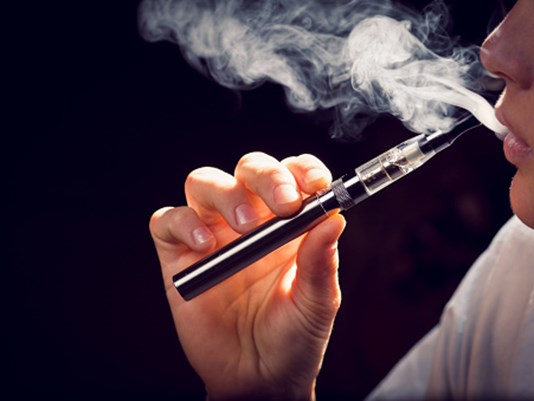By Shereen Lehman
(Reuters Health) – College is increasingly a gateway for young adults in the U.S. to begin using marijuana and the risk keeps growing the more “normalized” pot use becomes, researchers say.
“We have been expecting marijuana use to increase among young adults,” lead author Richard Miech told Reuters Health in an email.
Young adults today as compared to those of the past are less likely to hold the belief that occasional marijuana use will negatively affect their health, said Miech, a researcher at the University of Michigan in Ann Arbor.
“We’ve seen again and again that when this belief trends down then marijuana use increases (e.g. in the early 1990s), and, conversely, that when this belief trends up then marijuana use declines (e.g. in the mid-1980s),” he told Reuters Health by email.
Miech and his colleagues think the recent string of U.S. states having legalized recreational use of marijuana accounts in part for the declining proportion of young adults who believe that occasional marijuana use is harmful to health.
“It is likely that at least some young adults interpret this wave of legalization as a signal that marijuana use is safe and state-sanctioned,” he said.
To see how that is affecting recreational use among young people, the study team analyzed data from annual surveys of more than 50,000 adults and adolescents. The surveys have been ongoing since 1975, and are funded by the National Institute on Drug Abuse, Miech said.
They focused on participants who were 19 to 22 years old between 1977 and 2015 and had never used marijuana before their senior year in high school. That was around 64 percent of participants.
About 9 percent of 19-year-olds and 15 percent of 22-year-olds not in college started using marijuana after high school and those percentages remained stable through the entire study period, the researchers report in American Journal of Public Health.
Among college students, the proportion that started using marijuana ranged from 13 percent to 17 percent between 1977 and 2012, then those numbers crept up to between 18 percent and 21 percent from 2013 to 2015.
“We found that marijuana initiation did increase among young adults age 19-22 since 2013, but only among those in college. There was no change in levels of marijuana initiation among 19-22 year-olds who were not in college,” Miech said.
The college environment appears to promote substance use, perhaps in part because of the lack of parental supervision, lots of free time and a party culture, Miech said.
“For what it’s worth, higher levels of substance use in college is also seen with binge drinking (5+ drinks in one sitting): youth age 19-22 are much more likely to binge drink if they are in college as compared to their age peers who are not in college,” Miech said.
Parents should know the majority of young adults who attend college do not initiate marijuana use, Miech added, but the number is increasing.
“There are many reasons why college students might try or use marijuana,” said Christine Lee, director of the Center for the Study of Health and Risk Behaviors at the University of Washington in Seattle, who wasn’t involved in the study.
“We surveyed incoming first-year college students on why they tried or use marijuana . . . . For some, experimentation was a motivator. Young adults might just want to try it and see what it is about. For others, they might use marijuana for reasons such as for social bonding, relaxation, boredom, to fit in, or to enjoy the feeling,” Lee said by email.
It would be helpful to begin to identify whether there are high-risk periods for marijuana initiation such as the first six weeks of college, as the study authors suggest, or specific events such as 21st birthdays, particularly for students living in states where recreational marijuana use is legal for those 21 and over.
“If we can identify certain risk periods, it would be easier for colleges to target resources and prevention activities to those times,” she said.
credit:srnnews.com








